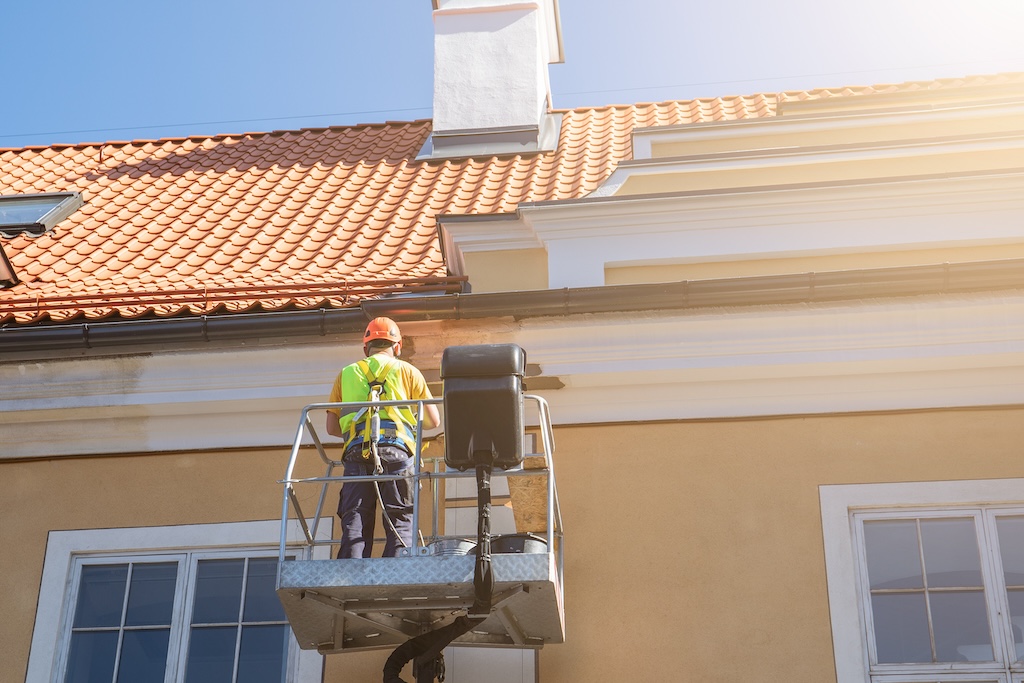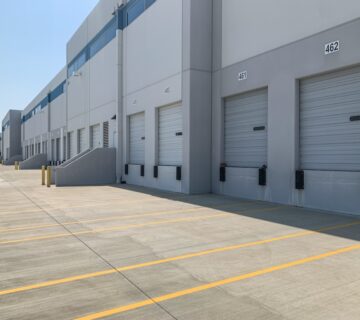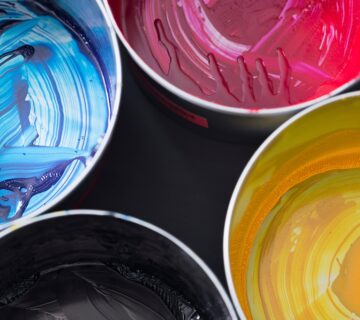Exterior house painting is not just about enhancing the curb appeal of your home; it’s also about protection from the elements. A good paint job can extend the life of your siding and trim, saving you money in the long run. However, exterior painting requires more than just a can of paint and a brush. It demands careful planning, the right tools, and a strategic approach. This blog will walk you through the best practices for exterior house painting, ensuring a job that looks great and lasts.
Understanding the Weather Conditions
The first and perhaps most crucial factor in exterior painting is the weather. The ideal conditions for painting are mild temperatures, low humidity, and an overcast sky. Painting under direct sunlight can cause the paint to dry too quickly, leading to visible seams and brush marks. Similarly, painting in high humidity or cold temperatures can prevent the paint from curing properly. It’s important to check the weather forecast and plan your painting project accordingly. Additionally, consider seasonal factors that might affect the paint’s application and drying process.
Choosing the Right Paint and Color
Selecting the right type of paint is critical for exterior surfaces. Exterior paints are formulated to withstand the elements and resist fading, peeling, and cracking. Acrylic latex paints are often recommended due to their durability and ease of cleaning. When it comes to color, consider factors like the architectural style of your home, the surrounding landscape, and the neighborhood aesthetic. Light colors can make a house appear larger and reflect heat, while dark colors can make it look smaller but absorb heat. Test paint samples on your exterior to see how they look under different lighting conditions.
Surface Preparation
Proper surface preparation is key to a successful paint job. Start by cleaning the exterior of your house thoroughly. Power washing is an effective way to remove dirt, dust, and old peeling paint. Once the surface is clean, inspect for any cracks, holes, or imperfections. Use exterior-grade filler to repair any damage and sand the surface smooth. Don’t forget to prime any bare or exposed areas to ensure a uniform finish. Additionally, consider using mildew-resistant primer in areas prone to moisture buildup.
Using the Right Tools
For most exterior surfaces, a combination of brushes, rollers, and sprayers is ideal. Brushes are perfect for smaller, detailed areas and edges. Rollers can cover large, flat surfaces more efficiently. For very large areas or uneven surfaces, a sprayer can be a time-saving tool, but it requires some skill to use effectively. Invest in high-quality tools to ensure better results and less frustration during the painting process.
Painting Technique
Start painting from the top of the house and work your way down. This allows you to deal with drips as you go. When using a brush or roller, apply the paint in long, even strokes. This helps to avoid streaks and ensures even coverage. If you’re using a sprayer, keep it moving in smooth, uniform strokes and overlap each pass for consistent coverage. Take breaks as needed to avoid fatigue and maintain focus on the task at hand.
The Final Touches
After completing the painting, take time to inspect your work. Touch up any missed spots or edges. Remove any painter’s tape and clean up your work area. Properly dispose of or store any leftover paint and clean your tools thoroughly. Additionally, consider applying a clear sealant or topcoat to protect the paint and enhance its longevity. Regular maintenance, such as annual inspections and touch-ups, will help preserve the integrity of your paint job over time.
Final Thoughts
Exterior house painting is a significant undertaking, but with the right approach, it can be a rewarding project. By understanding the weather conditions, choosing the right paint and color, preparing the surface, using the appropriate tools, employing the correct painting techniques, and adding the final touches, you can achieve a professional-looking result that not only beautifies but also protects your home. Remember to take your time, follow best practices, and enjoy the process of transforming your home’s exterior. For more home improvement insights and painting tips, visit our website at sisupainting.com and explore our blog at sisupainting.com/blog.





No comment